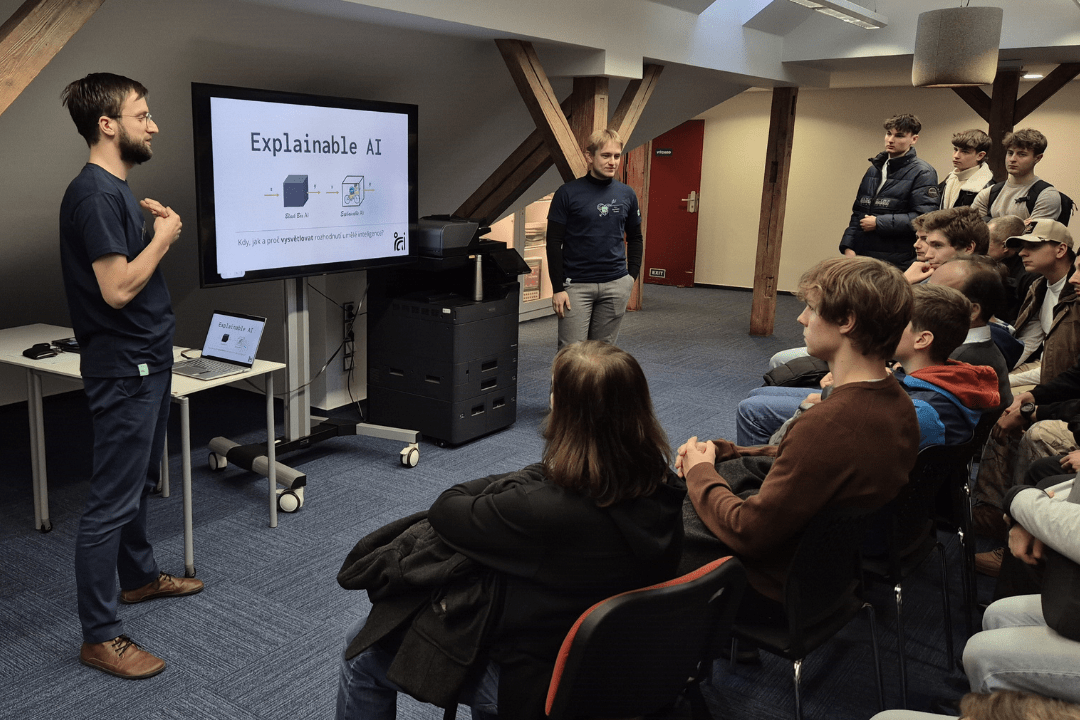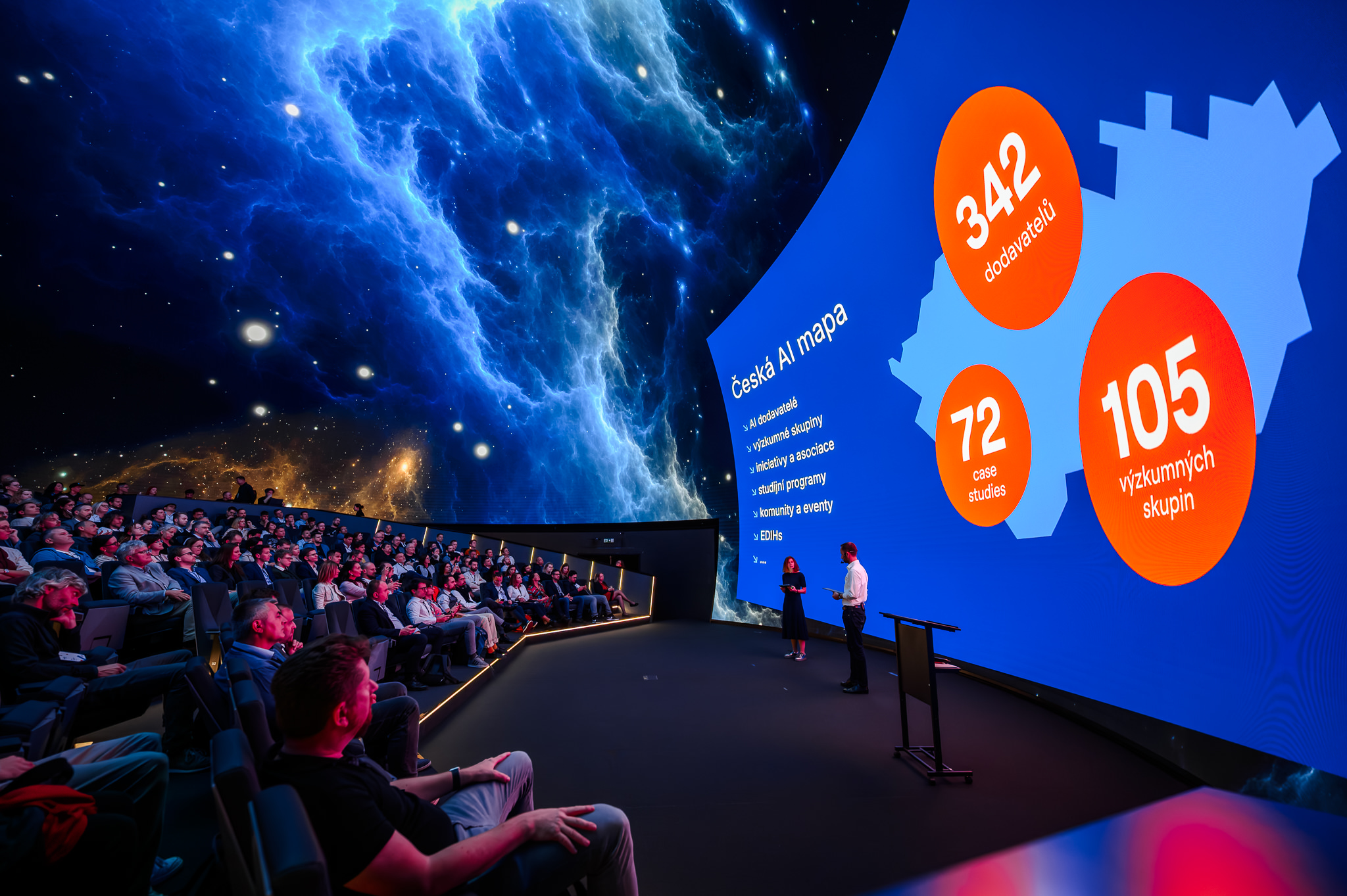Closing remarks for our discussion on the use of AI in art with the panelists Garrett Lynch IRL, Paul Mouginot and Iskra Velitchkova. Includes a list of sources for further reading and creative experimenting with AI algorithms.
The story cover is an artwork by our panelist Iskra Velitchkova - Conformation (2021).
The artistic use of AI challenges some of the cornerstones of the modern Western concepts of art and creativity. The artists who work with AI blur the lines that traditionally defined the roles played by makers and their tools. To what degree can we call AI-generated works as the product of genuine creativity? We discussed this topic extensively in an exciting panel titled Post-Human Creativity: The Use of AI in Art on June 24, 2021.
By inviting contemporary artists experimenting with AI and experts in the field: Garrett Lynch IRL, Paul Mouginot and Iskra Velitchkova, we were able to address questions that are redefining the current understanding of what art is and the purpose of human ingenuity. The debate was hosted by Filippo Lorenzin, art writer, teacher and media theorist based in Italy. Watch the recording of our event to learn more about the intersection of art and algorithms.
Further reading
Readings around artists and collaboration/relationship with their tools/environment/audience (topics of authorship, technology and society)
- The Open Work, Umberto Eco
- Paragraphs on Conceptual Art, Sol LeWitt
- Ten Questions Concerning Generative Computer Art, Jon McCormack, Oliver Bown, Alan Dorin, Jonathan McCabe, Gordon Monro and Mitchell Whitelaw
- Roland Barthes, The Death of the Author, 1967
- Peter Bürger, Theory of the Avant-garde, 1984
- Nicolas Bourriaud, Postproduction, 2007
- Peter Krapp, Noise Channels: Glitch and Error in Digital Culture, 2011
- Lawrence Alloway, “Network: The Art World Described as a System”, in Artforum, September 1972
Examples of AI Art predecessors and their collaboration/relationship with their tools/environment/audience
- Jean Tinguely (Homage to New York, Métamatics)
- Nicolas Schöffer (CYSP 0 and CYSP 1)
- Desmond Paul Henry (drawing machines)
- Harold Cohen (Aaron)
- László Moholy-Nagy, Telephone Pictures (1923)
- John Cage, 4’33” (1952)
- YokoOno, Grapefruit (1964)
- Marcel Broodthaers, Musée d'Art Moderne, Département des Aigles (1968-1972)
Where to start with AI
- 41 Creative Tools to Generate AI Art (simple tools to experiment with - no coding required)
- List of sites/programs/projects that use OpenAI's CLIP neural network for steering image/video creation to match a text description (more complex tools, knowledge of Python useful/essential)
- Clarifai and the Clarifai API
.png)




